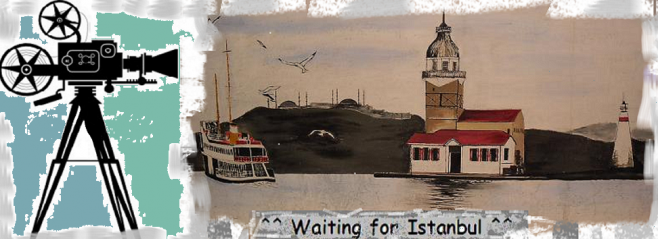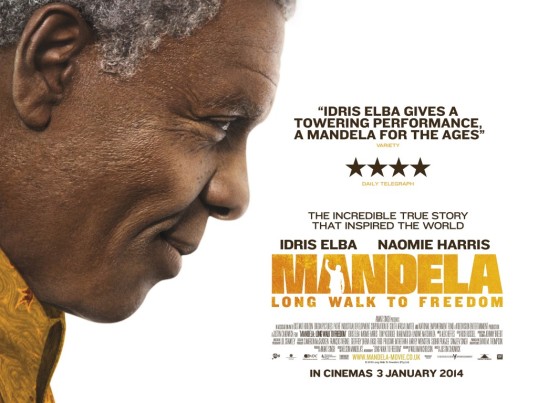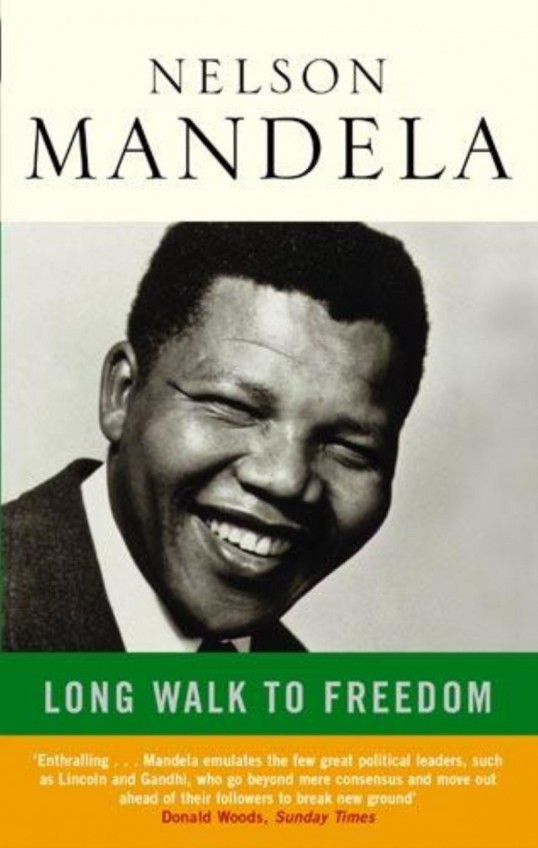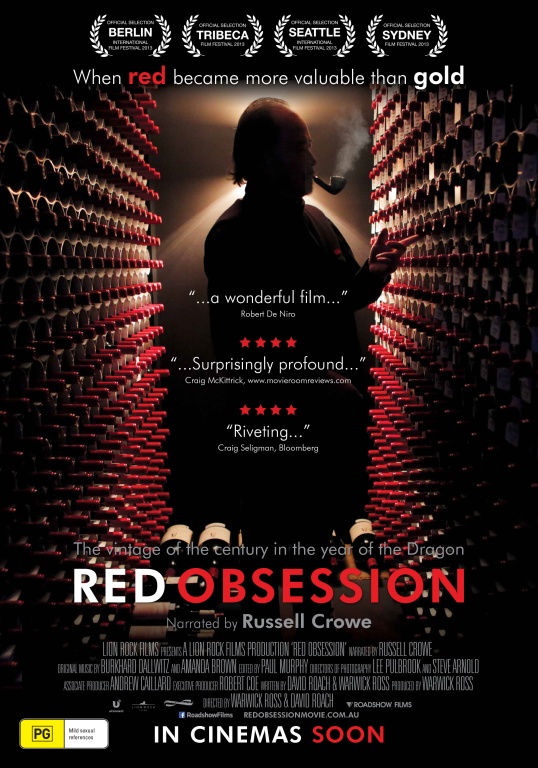Nelly Lenz, a Jewish singer, has survived the Nazi concentration camps but at what cost? She is disfigured and has had to undergo facial surgery. Back in what is left of Berlin, accompanied by her faithful friend Lene, she has only one thing in mind, finding Johnny, her musician husband in the ruins of the city. She wants to know if he still loves her and if he has betrayed her, as Lene claims he has. She does meet him but Johnny does not recognize her. Worse, he asks her to impersonate… Nelly, with a view to grabbing her inheritance Written by Guy Bellinger
http://www.imdb.com/title/tt2764784/
A smoky duet between double-bass and piano at the start of Christian Petzold’s Phoenix promises a dose of film noir. That promise is complicated, if not exactly broken, by what follows. But then, this is a movie all about disguises, reinventions and deceptive appearances.
It begins with a monstrously tantalising scenario. In mid-1940s Germany, a vehicle is halted at night by US soldiers. A figure is whimpering in the passenger seat, their face concealed by blood-soaked bandages. Perhaps we are in for someEyes Without a Face-style horror, then, rather than noir? Half-wrong again.
This is the former chanteuse Nelly (Nina Hoss), a disfigured concentration camp survivor en route to a surgeon in Berlin. Reconstructing her original face now is out of the question. A loose re-creation can be provided instead. It’s like the doctor says: a new face can be an advantage.
When Nelly later tracks down Johnny (Ronald Zehrfeld), the husband who may or may not have shopped her to the Nazis, he fails to recognise her. He does, though, notice that she bears a passing resemblance to his late wife. That gives him an idea: if she were to pose as Nelly, they could split the “dead” woman’s fortune. Enchanted by his attention, and feeling this may be the only way to reclaim her identity, Nelly plays along. Like a master film-maker, Johnny provides her with a back-story, tells her what colour to dye her hair, which clothes to wear. He even choreographs their eventual public reunion. It’s enough to give a girl Vertigo.
This is Petzold’s sixth collaboration with Hoss (who recently made her English-language debut in A Most Wanted Man). Echoes abound of their previous work together. Like Yella (2007), Phoenix takes place in a kind of purgatory; the infernal scarlet glow spilling from the nightclub which gives the film its title suggests it might even be hell. And in common with the duo’s last picture, the Oscar-nominated Barbara (2012), set during the cold war, it offers accessible commentary on recent German history.
But Phoenix is their most complex work to date, as shown by Hoss’s fine-grained performance. Called upon to play a character playing a character playing a character, her dexterity is astonishing. She is part-actor, part-Russian doll.
It’s a testament to Petzold’s sane head, steady hand and effortless storytelling skill that implausible plot-points are smuggled past us in their own blood-soaked bandages. Would Johnny really fail to spot the truth after spending so long in close proximity to this conveniently placed stranger? Would Nelly honestly persist in finding ways to excuse each of her husband’s crimes against her?
In another film, maybe none of this would wash. Here, the warped narrative functions as an allegory for the stories that people and nations recount to themselves in order to go on surviving. The clincher is the use of music, in particular a performance by Hoss of Kurt Weill and Ogden Nash’s Speak Low(“Love is a spark, lost in the dark too soon…”). It ties together the film’s themes eloquently but with no comforting sense of resolution.
Tiff 2014 – Phoenix
by Brian Tallerico
September 9, 2014
Christian Petzold’s stunning “Phoenix” has been buzzed about this year as the best film of the 2014 Toronto Film Festival. While more high profile, mostly American (or British) works get the headlines, it’s often a foreign film that gets critics talking, and this year’s arguable masterpiece is the latest from the director of “Jerichow” and “Barbara,” a film that, in my eyes, earns every bit of its TIFF adoration, and more. This is an amazing piece of work that transcends historical document to become art. Using the filmic language of noir, Petzold crafts a story of a culture caught in the aftermath of horror. Moving through the rubble of Berlin just after the end of World War II, the characters of “Phoenix” are ghosts, denying past betrayals and putting up a façade to keep the pain repressed. They have done strong work together in the past, but “Phoenix” is the kind of film that should propel Petzold and regular star Nina Hoss to the forefront of international cinema. It’s unforgettable.
Hoss plays Nelly Lenz, a woman who has escaped from a concentration camp, but suffered severe facial injuries in the process. Her whole face will have to be rebuilt, leaving a shadow of her old self, a version of Nelly but not exactly the same one that existed before the war. Despite protestations from the one woman who knows the truth about her, Nelly decides to seek out her husband, Johnny (Ronald Zehrfeld, who also appeared in “Barbara”), even though there’s evidence to suggest that it was he who turned Nelly into the SS. Johnny was arrested on October 4th and released on October 6th, the same day Nelly was arrested. He sold her out for his own safety.
When Nelly crosses paths with Johannes (don’t call him Johnny any more), he notices the resemblance, but has completely convinced himself that his wife must be dead. “She’s dead. I know she’s dead.” It’s a trick of denial, pushing such a horrendous act to history instead of realizing that it may be still there in the present. However, his wife has an unclaimed fortune, and Johannes convinces Nelly to pretend to be who she actually is to claim it. He trains her to be Nelly again, dressing her in the right clothes, working on her handwriting, and coordinating “Nelly’s return” to civilization. She goes along with it, frightened to reveal the truth, and hopeful that this will allow her some semblance of the life she once she had, even as she refuses to believe that it is her husband’s betrayal that destroyed her in the first place.
The plot of “Phoenix” is its first masterstroke: a brilliant encapsulation of how people cope (or refuse to cope) with tragedy, especially when it’s at least partially of their own making. Nelly is a ghost, a physical representation of horror. Hoss does a complete 180 from the confident characters she’s played in the past, portraying Nelly’s wide-eyed fear at losing everything that she holds dear to her identity—her husband, her life, her very face. Like so many people after World War II, she is a survivor who doesn’t know how to move on from what she’s lost forever. It is Nelly and Johnny’s denial that makes their relationship so riveting. He refuses to realize this woman is the person he betrayed while she refuses to realize she can never really go back again.
Petzold’s visualization of this emotionally daring story is so finely tuned and executed that it can be taken for granted. Look at the art direction in the rubble-strewn streets of Berlin. Watch the physicality of Johnny and Nelly change as they work on their plan together in his shabby apartment. The blocking, the tight quarters, the sense of espionage almost give the film the air of noir. It feels like a Hitchcock work at times in its interplay of shadow and light, which Petzold uses thematically as well. Nelly is slumped, and regularly in shadows early in the film, and is seen more completely as her character climbs out of its darkness.
Finally, and perhaps more importantly, Hoss is mesmerizing here in every single beat. It’s a performance from which you can’t turn away. Watch Nelly shrivel in the first-act suggestions that she get a new face or simply move away from Berlin. If she’s not “Nelly Lenz of Berlin,” who is she? Hoss sells the need we all have for identity, for place, for home, with palpable intensity. And watch the way she slowly unfolds as Johnny transforms her, becoming both more confident and more aware of the horror of her situation as she rises like the titular creature of the film. The final scene, without spoiling anything, is a movie moment for the ages. In a film festival of five-to-six movie days, it’s hard sometimes to remember key moments. I will never forget the end of “Phoenix.” Ever. Here’s hoping this incredible film gets to an audience so it can sear itself into your memory as well.




